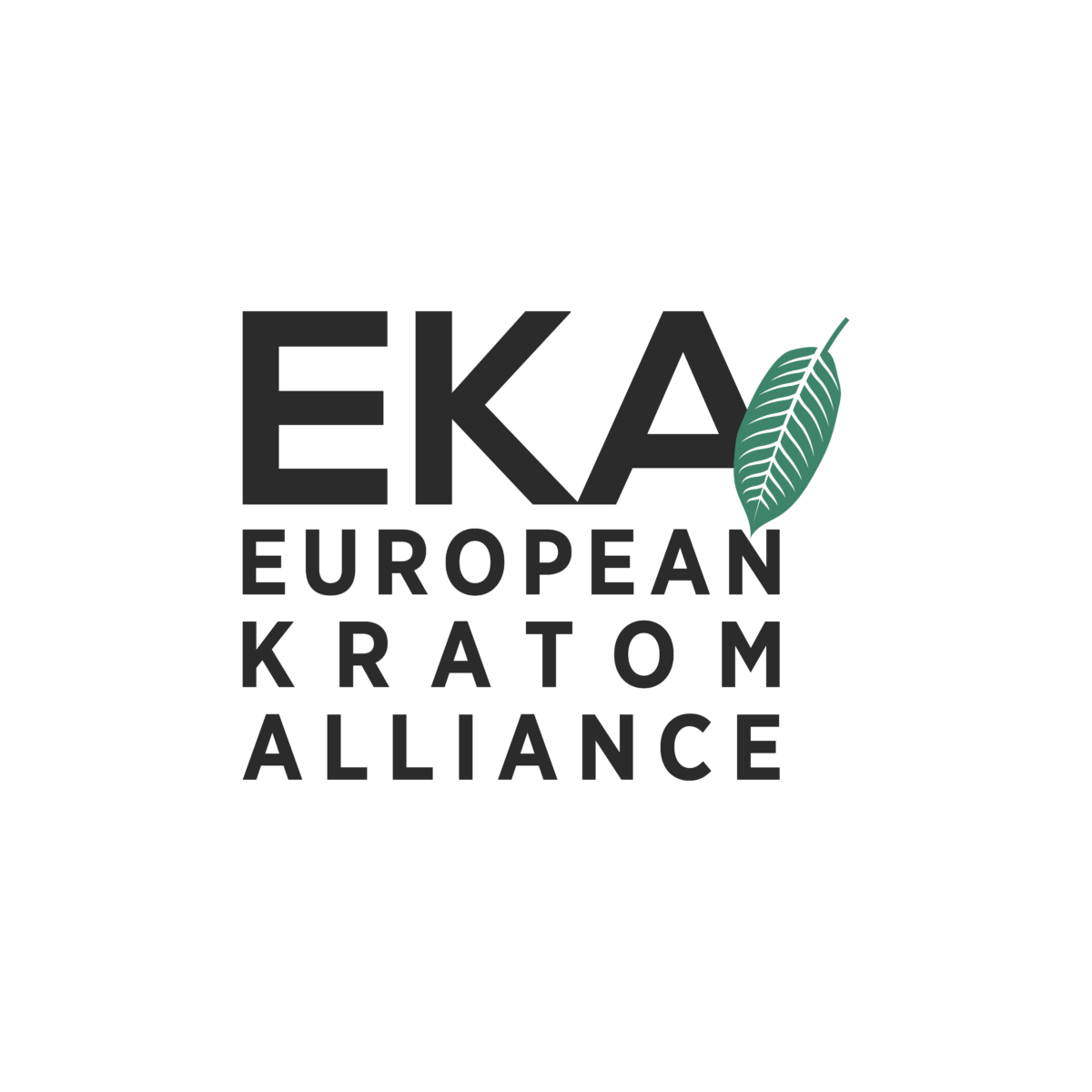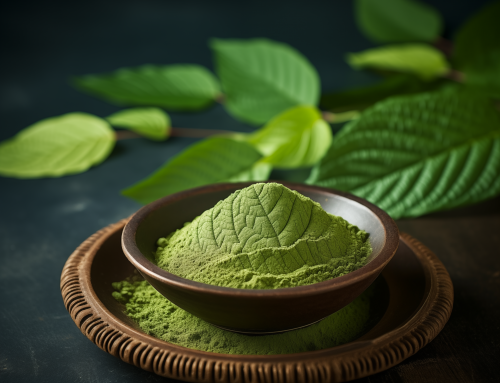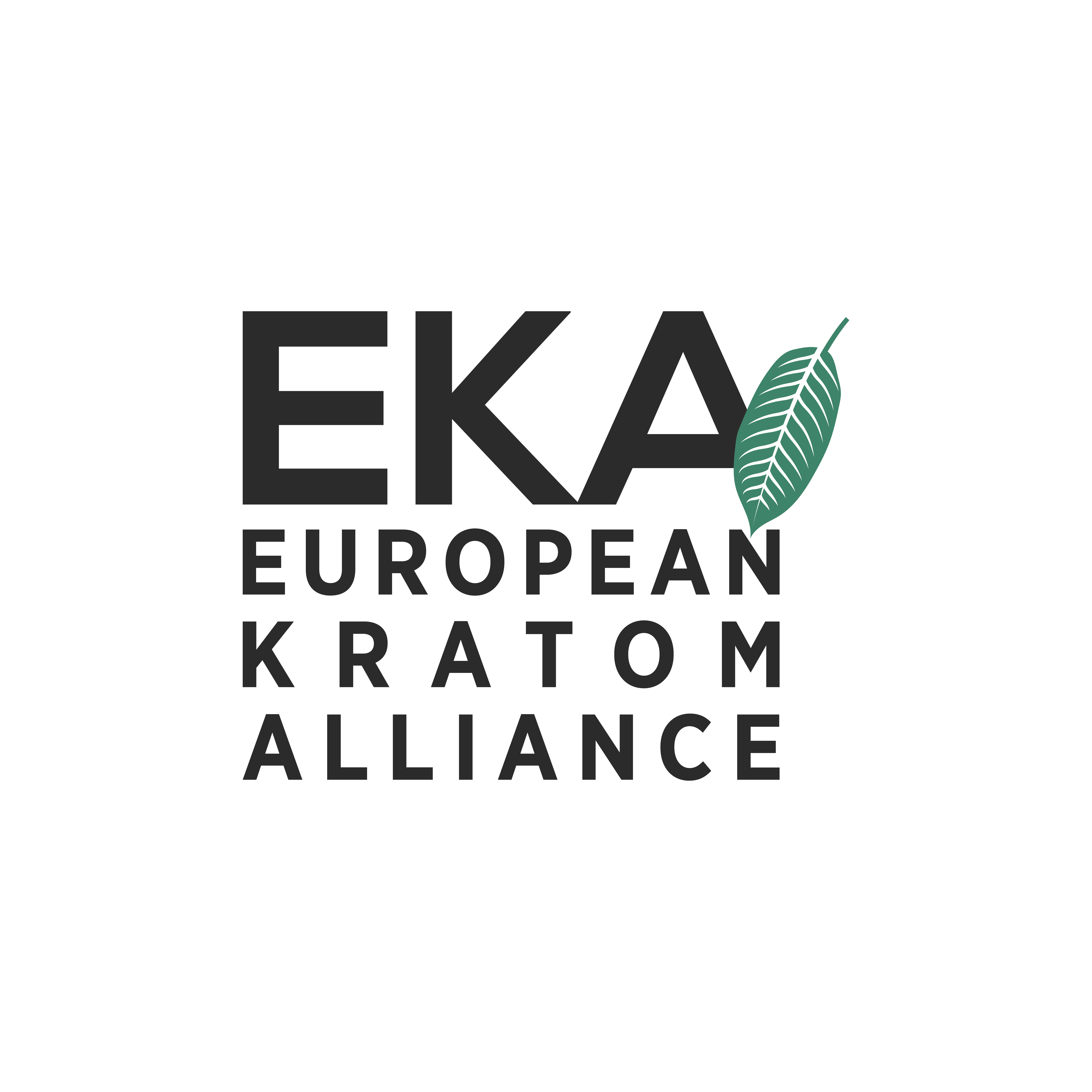By Fabian Steinmetz, Oliver Grundmann & Dirk Netter
Nothing is without risks. Whether riding a bicycle, foraging mushrooms or taking recreational drugs, such as cannabis or alcohol, for nearly every activity a fellow human can partake, there is a certain, typically low, probability of harm associated.
The use of kratom is not different from that. However, the quantity, the frequency and the composition of the kratom product play a crucial role. Similar to the differences between drinking one and ten cups of coffee at once, adverse effects after consuming large amounts are more likely than consuming low quantities. Many NGOs have published safer-use-guidelines to enable people who use drugs to consume in a less harmful way.
There is no exact data on use prevalence in Europe. In the US past-year use prevalence was estimated to be 0.8% (Schimmel et al., 2021), and life-time prevalence was estimated to be 6.1% (Covvey et al., 2020) of the adult population. In Europe numbers are most likely lower, but recent media coverage and internal EKA data on import suggest that approximately one million in Germany regular kratom users are not unlikely. Whilst side effects (dizziness, nausea etc.) are not uncommon and usually self-limiting, severe side effects are rarely reported. Generally, side effects are determined by kratom’s sympathomimetic and opioi modes of action. People vulnerable due to medical history, such as epilepsy (Burke et al., 2021) or severe liver damage (Roma et al., 2023), or due to intake of medication/drugs, in particular opioids and CNS depressants (Torrico et al., 2024), are at risk.
Nevertheless, the impact of kratom must be viewed in the context of the individual case: a fatal outcome after consumption of two stimulants, such as methamphetamine and coffee, would not trigger debates on banning coffee (although coffee may have contributed, and there are in fact rare cases of lethal caffeine intoxications (Kerrigan & Lindsey, 2005)). Why should overdoses after co-use of fentanyl and kratom be treated as if kratom is the main culprit? Yes, there are fatal outcomes associated with kratom. However, these are typically driven by other substances or pre-existing health conditions, or by kratom alkaloid blood levels, which are hardly explainable by traditional use of kratom plant material. Extracts and mixtures, such as the O-desmethyltramadol- spiked material sold as “Krypton” (EMCDDA, 2024), do have a more concerning safety profile and resulting risk of toxicity and fatality. In the following paragraph we try to give some safer-use guidance to reduce risks. These rules can be easily remembered with the acronym “SODA”:
Start low, go slow
i.e. use low quantities (e.g. 2 g dried leaf material) to begin with and wait until redosing, ideally 2-3 hours.
Only oral use
as the history of safe use is only based on oral intake, and other routes of administration are generally considered riskier.
Don’t mix
i.e. do not mix kratom with other psychoactive substances unless this is agreed on with your physician/pharmacist, or you exactly know what you are doing.
Avoid extracts
as potency and risks might be higher. Also, dangerous additives cannot be excluded due to a lack of governance.
Despite these acute risks, mild to moderate signs of a substance use disorder (with rather minor opioid withdrawals) and contribution towards liver toxicity have been observed with more frequent and high amounts of kratom consumption, as mentioned above.
These risks are already partially addressed when applying the SODA rules. Furthermore, if medically possible, regular kratom consumption breaks are recommended. Nevertheless, compared to most stronger pain medications and opioid replacement therapeutics, kratom has a very good benefit-to-risk ratio (Boyer et al., 2008; Harun et al., 2022; Henningfield et al., 2022).
Considering the expected large number of regular users of kratom and the rare cases of serious outcomes (e.g. Huter et al., 2024), at least traditional, unadulterated kratom leaf products provide users with the safety they can reasonably expect. Nevertheless, establishing a regulatory framework ensuring quality standards, access and supporting label information, particularly on risk mitigation, is advised.
References:
Boyer EW et al. (2008). Self-treatment of opioid withdrawal using kratom(Mitragynia speciosa Korth).
Addiction
103(6): 1048-1050.
Burke DJ et al. (2021). Breakthrough seizure associated with kratom use in
patients with epilepsy.
Neurology Clinical Practice
11(1): 78-84.
Covvey JR et al. (2020). Prevalence and characteristics of self-reported kratom
use in a representative US general population sample.
Journal of Addictive
Disease
38(4): 506-513.
EMCDDA (2024). Kratom drug profile. Available at
https://www.emcdda.europa.eu/publications/drug-profiles/kratom_en
(Accessed
14/04/2024).
Harun N et al. (2022). Mini review: Potential therapeutic values of mitragynine as
an opioid substitution therapy.
Neuroscience Letters
773: 136500.
Henningfield JE et al. (2022). Kratom abuse potential 2021: An updated eight
factor analysis.
Frontiers in Pharmacology
12: 775073.
Huter T et al. (2024). Kratom – Nahrungsergänzungsmittel oder tödliche Droge?
Rechtsmedizin
1434-5196.
Kerrigan S & Lindsey T (2005). Fatal caffeine overdose: two case reports.
Forensic Science International
153(1): 67-69.
Roma K et al. (2023). Kratom-induced acute liver injury: A case study and the
importance of herbal supplement regulation.
Journal of Hepatology
79(2): 581-
584.
Schimmel J et al. (2021). Prevalence and description of kratom (
Mitragyna
speciosa
) use in the United States: a cross-sectional study.
Addiction
116(1):
176-181.
Torrico T et al. (2024). Presence of kratom in opioid overdose deaths: findings
from coroner postmortem toxicological report.
Frontiers in Psychiatry
14:
1332999.


